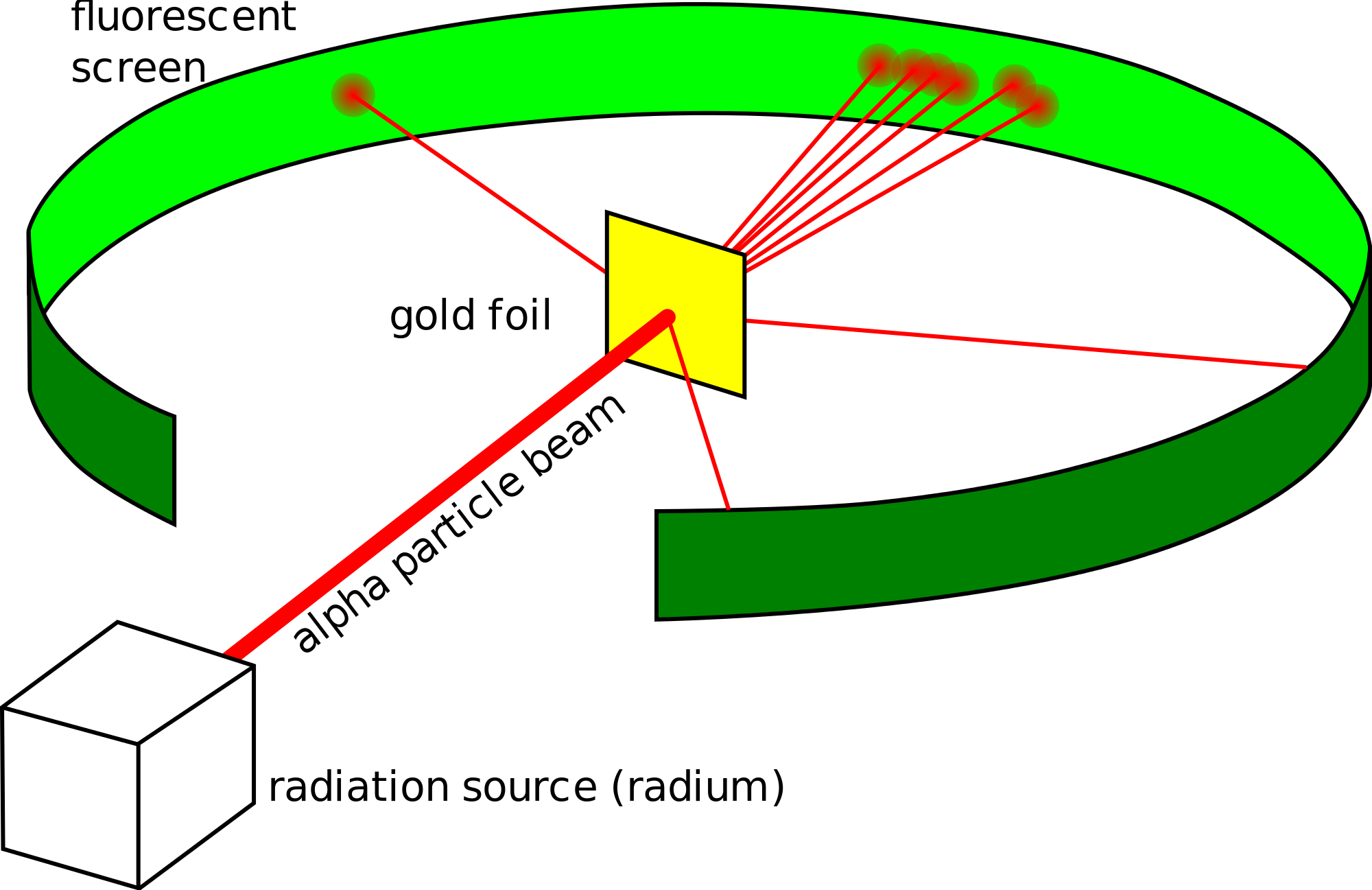In the geiger marsden experiment the gold foil experiment or the rutherford experiment the alpha particles pass through the electron cloud of the atom.
Atom goes through sheet of metal experiment.
This classic diffraction experiment was conducted in 1911 by hans geiger and ernest marsden at the suggestion of ernest rutherford.
They deduced this after measuring how an alpha particle beam is scattered when it strikes a thin metal foil.
The existence of the electron showed that the 2 000 year old conception of the atom as a homogeneous particle was wrong and that in fact the.
The alpha particle which is composed of.
The geiger marsden experiments also called the rutherford gold foil experiment were a landmark series of experiments by which scientists discovered that every atom has a nucleus where all of its positive charge and most of its mass is concentrated.
During the 1880s and 90s scientists searched cathode rays for the carrier of the electrical properties in matter.
The applied force stresses the metal beyond its yield strength causing the material to plastically deform but not to fail.
By doing so the sheet can be bent or stretched into a variety of complex shapes.
Atom atom discovery of electrons.
Surrounded by empty space and then a layer of electrons to form the outside of the atom.
Details about the experiment and how to operate the tutorial are provided beneath the applet window.
Thomson of the electron in 1897.
Sheet metal forming processes are those in which force is applied to a piece of sheet metal to modify its geometry rather than remove any material.
The observation that most alpha particles passed straight through the gold foil led rutherford to conclude that the the positive charge in an atom in concentrated in a very small area the nucleus.
Their work culminated in the discovery by english physicist j j.
After passing through the metal sheet the alpha particles strike on fluorescent screen which was coated with zinc sulphide and produce a visible flash of light called scintillation.
To describe the structure of a general infinitely long tube one should imagine it being sliced open by a cut parallel to its axis that goes through some atom a and then unrolled flat on the plane so that its atoms and bonds coincide with those of an imaginary graphene sheet more precisely with an infinitely long strip of that sheet.
In the experiment rutherford and his two students studied how alpha particles fired at a thin piece of gold foil were deflected.









